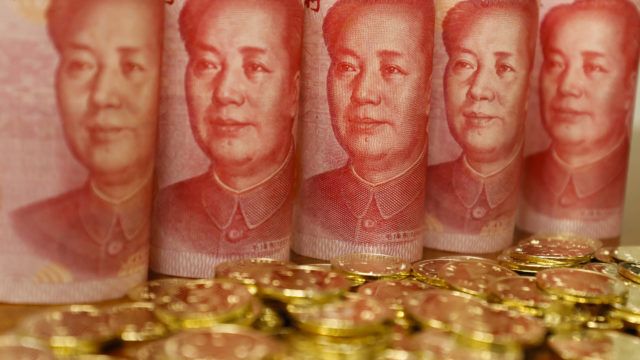The annual assets under management (AUM) growth rate of ETFs in China averaged 40% between 2018 and 2023, with AUM in end 2023 reaching RMB 1.82trn ($250bn), more than double the AUM in end 2020.
“The ETF market in China has boomed in recent years,” said Wanda Wang, research manager, Morningstar.
The annual inflow into the China ETF market leaped almost five-fold during the past three years, reaching around RMB 604.3bn in 2023.
Morningstar attributes the popularity of ETFs to several factors. Notably, institutional investors have invested in broad-based index tracking ETFs, the China A-shares market has been “tepid” over the past three years, and value sectors have rebounded with outperformance by the coal, petroleum, petrochemical industries.
“Amid a tepid A-shares market with only select pockets of strengths, investors flocked to thematic ETF products, such as those focused on alternative energy or technology. Fee reductions in ETF products further attracted inflows,” said Wang.
By the end of 2023, the total number of exchange-traded funds in China reached 870, 96% of which were equity ETFs. Growth style sectors have performed weakly, with only the media and communications sector as bright spots.
Fixed income ETFs have been sluggish terms of product quantity and the AUM growth. Currently there are 17 fixed income ETFs in total. Flows into fixed income ETFs totalled RMB 19.8bn in 2023, and the total AUM grew to RMB 71.9bn by the end of 2023.
Meanwhile, commodities ETFs are mostly gold ETFs, and flows into commodities ETFs have fluctuated, amounting to nearly RMB 4.6bn last year, and AUM growing to RMB 23.3bn by the end of 2023.
Morningstar notes that the ETF market in China tends to be concentrated in the leading providers. China Asset Management, E Fund Management, and Huatai-PineBridge are the three most dominant, accounting for 46% of market share at the end of 2023.

















